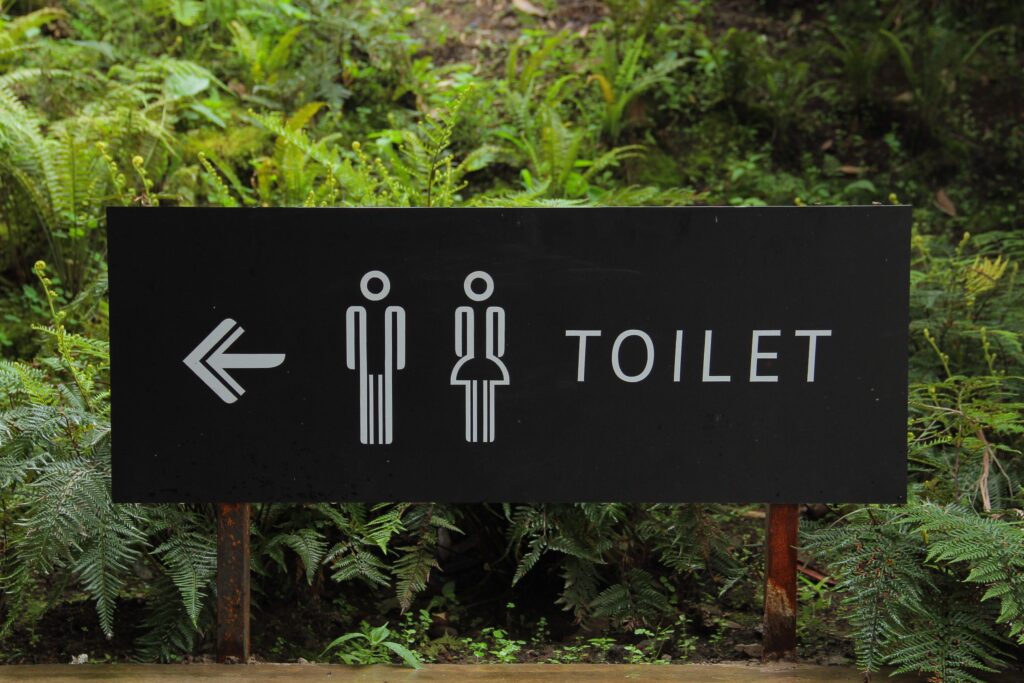Introduction: Potty training is a significant milestone in a child’s development, and it can be a unique journey when you have an autistic child. In this blog, we will explore the process of potty training for autistic children, offering practical tips, strategies, and guidance on how and when to embark on this crucial journey. With patience, understanding, and tailored approaches, you can help your child achieve this important milestone at their own pace. Potty Training for Autistic Children.

1. Understanding Autism and Potty Training:
- Recognize the challenges and differences in potty training for autistic children, including sensory sensitivities and communication barriers.
2. Signs of Readiness:
- Learn how to identify signs of readiness, such as showing interest in the bathroom, staying dry for longer periods, and expressing discomfort with dirty diapers.
3. Timing Is Key:
- Start potty training at the right time for your child. Some may be ready earlier than others.
- Be patient and flexible in determining the best timing for your child’s unique needs.
4. Visual Supports and Social Stories:
- Create visual supports and social stories to help your child understand the potty training process.
- Use pictures and simple language to explain the steps.
5. Sensory Considerations:
- Address sensory sensitivities by offering sensory-friendly potty training tools and equipment.
- Choose comfortable clothing and underwear.
6. Consistency and Routine:
- Establish a consistent routine for potty breaks, and use timers or alarms if necessary.
- Celebrate small successes and offer positive reinforcement.
7. Communication and Reinforcement:
- Develop clear communication methods for your child to express their needs.
- Use rewards or incentives to motivate your child during the training process.
8. Accommodations and Modifications:
- Consider any necessary accommodations, such as a special potty chair or step stool.
- Modify the bathroom environment to be comfortable and accessible.
9. Seek Professional Guidance:
- If you encounter significant challenges or regressions, consult with a pediatrician or a behavioral therapist who specializes in autism for expert advice.
10. Patience and Positive Reinforcement: – Understand that potty training may take longer for autistic children, and setbacks are common. – Stay patient, positive, and encouraging throughout the process.
Conclusion: Potty training for autistic children can be a unique journey, but with the right strategies and understanding, you can support your child in achieving this essential milestone. By recognizing signs of readiness, creating a sensory-friendly environment, and using clear communication and reinforcement, you can make the process more manageable.
Remember that every child is unique, and there is no one-size-fits-all approach to potty training. Tailor your methods to suit your child’s specific needs and preferences, and seek professional guidance if needed. With time, patience, and a supportive approach, your child can successfully navigate the path to independent toileting.
For more information and resources on autism, visit our website at www.fsautismcen.org. Together, we can navigate this journey with knowledge, understanding, and unwavering support.

